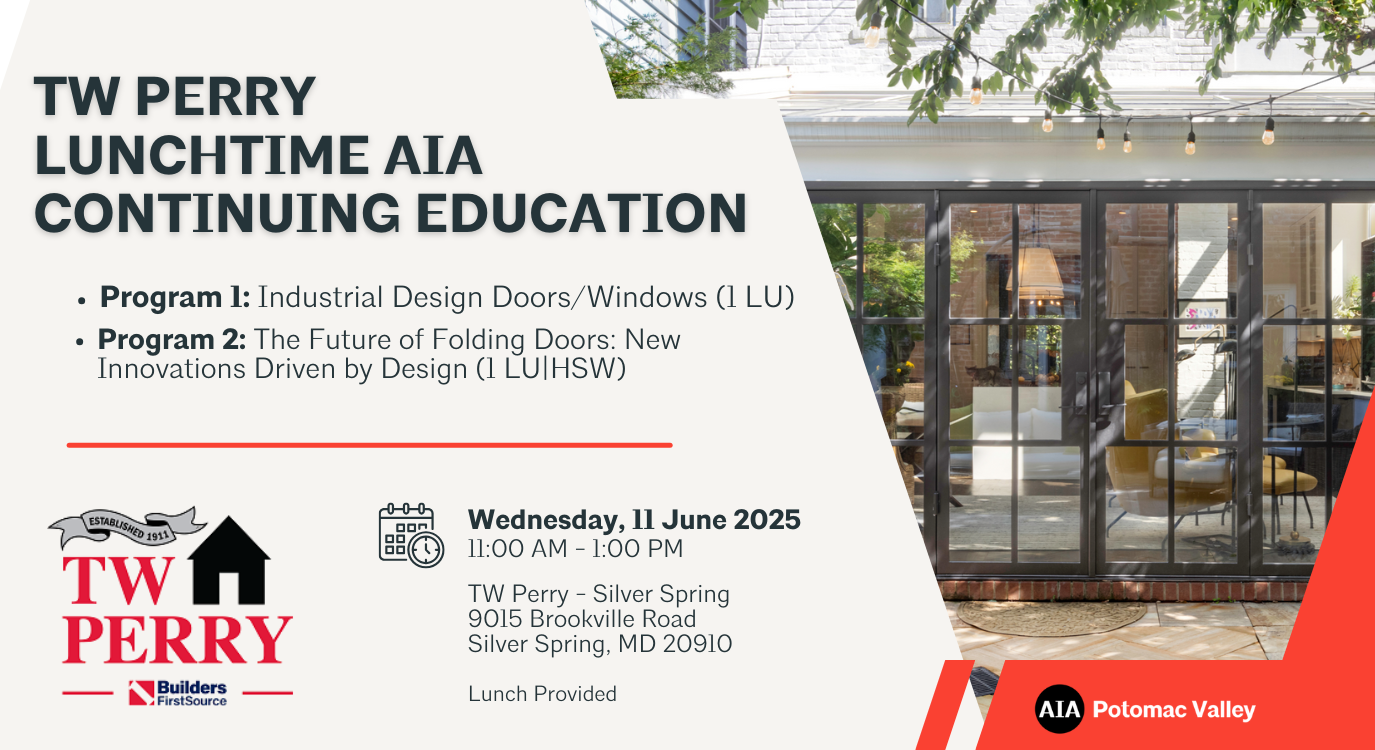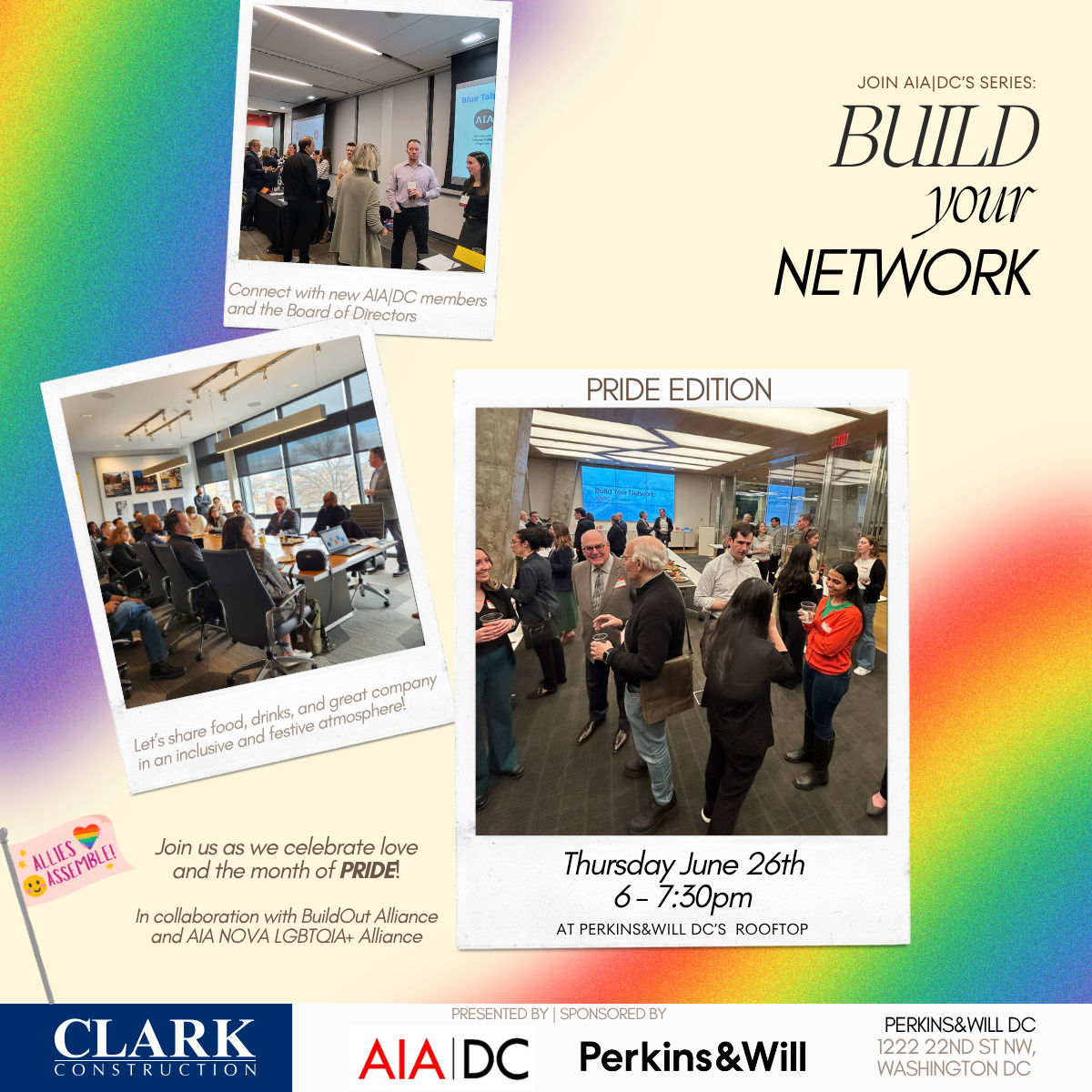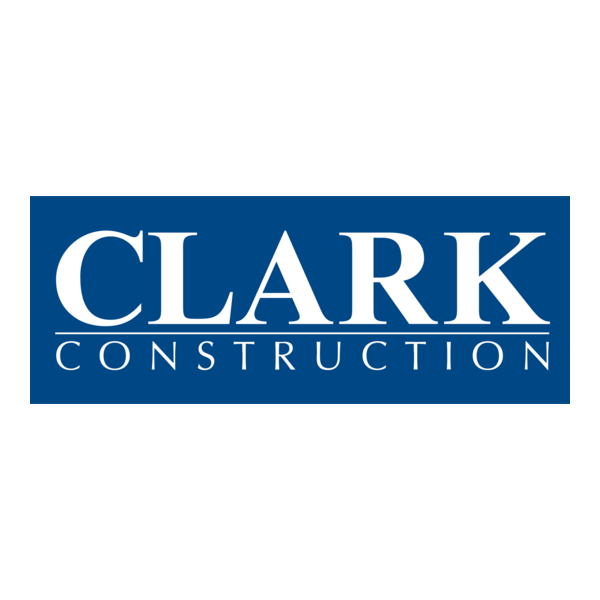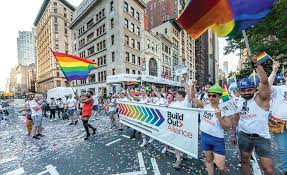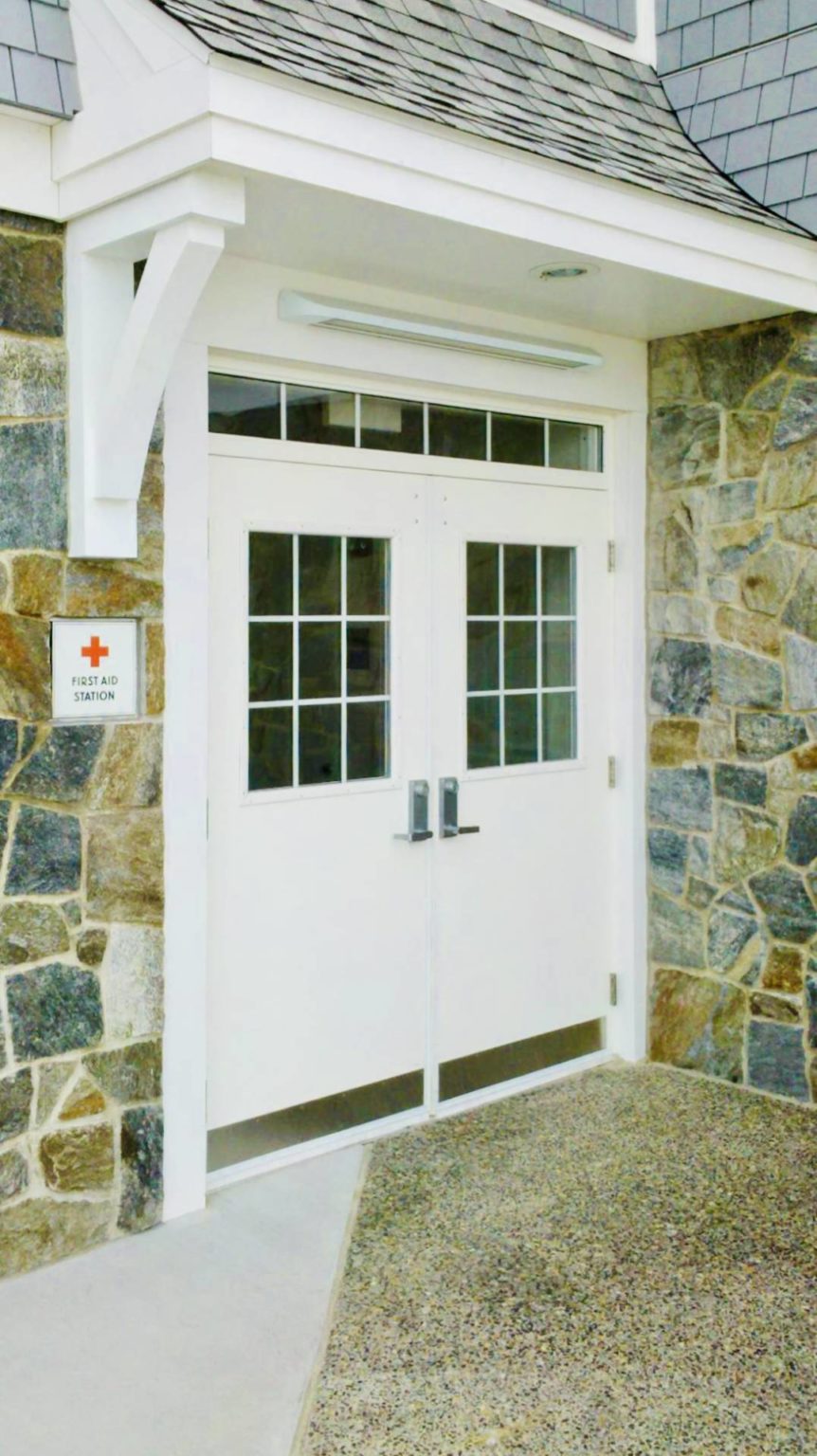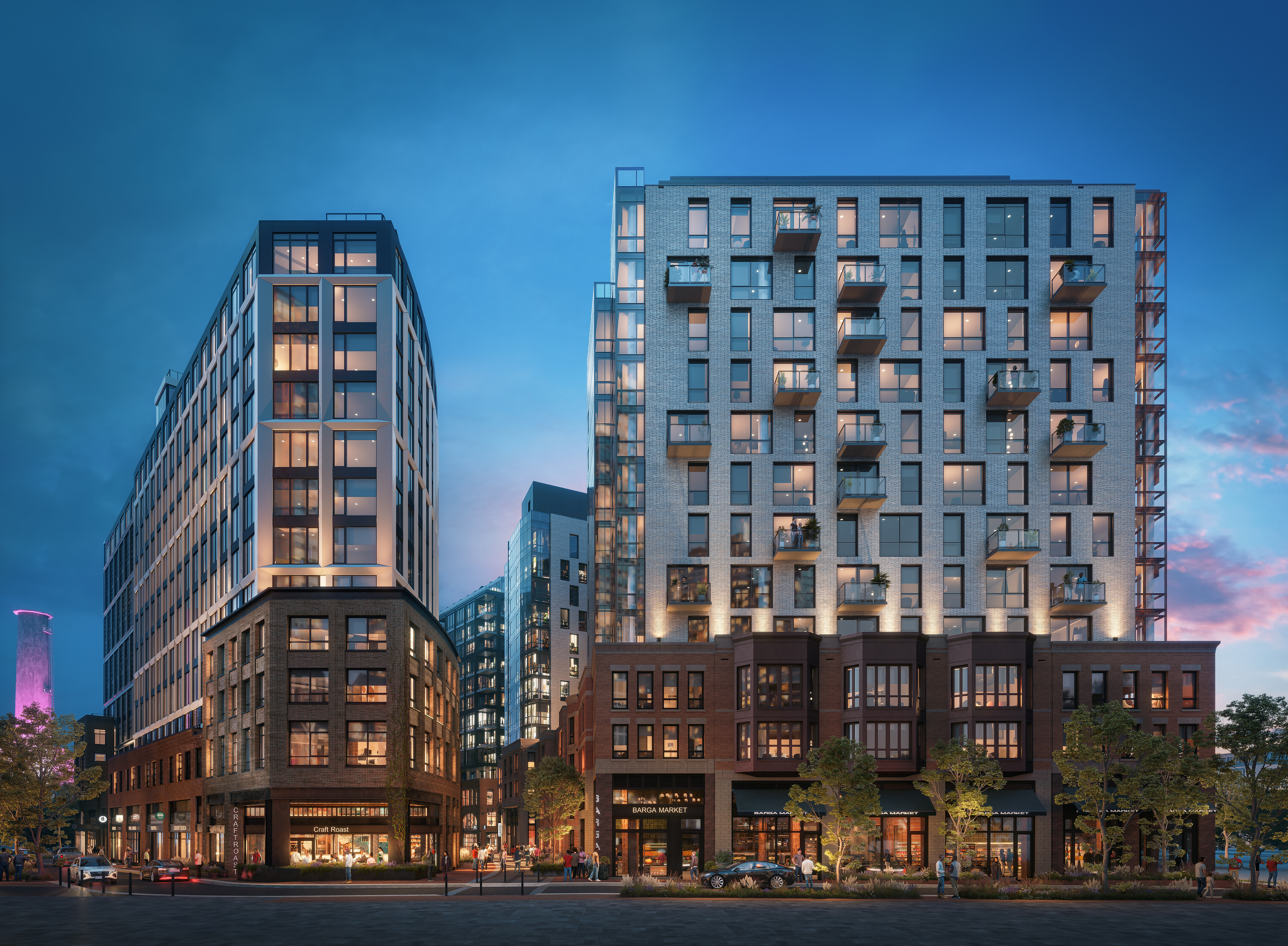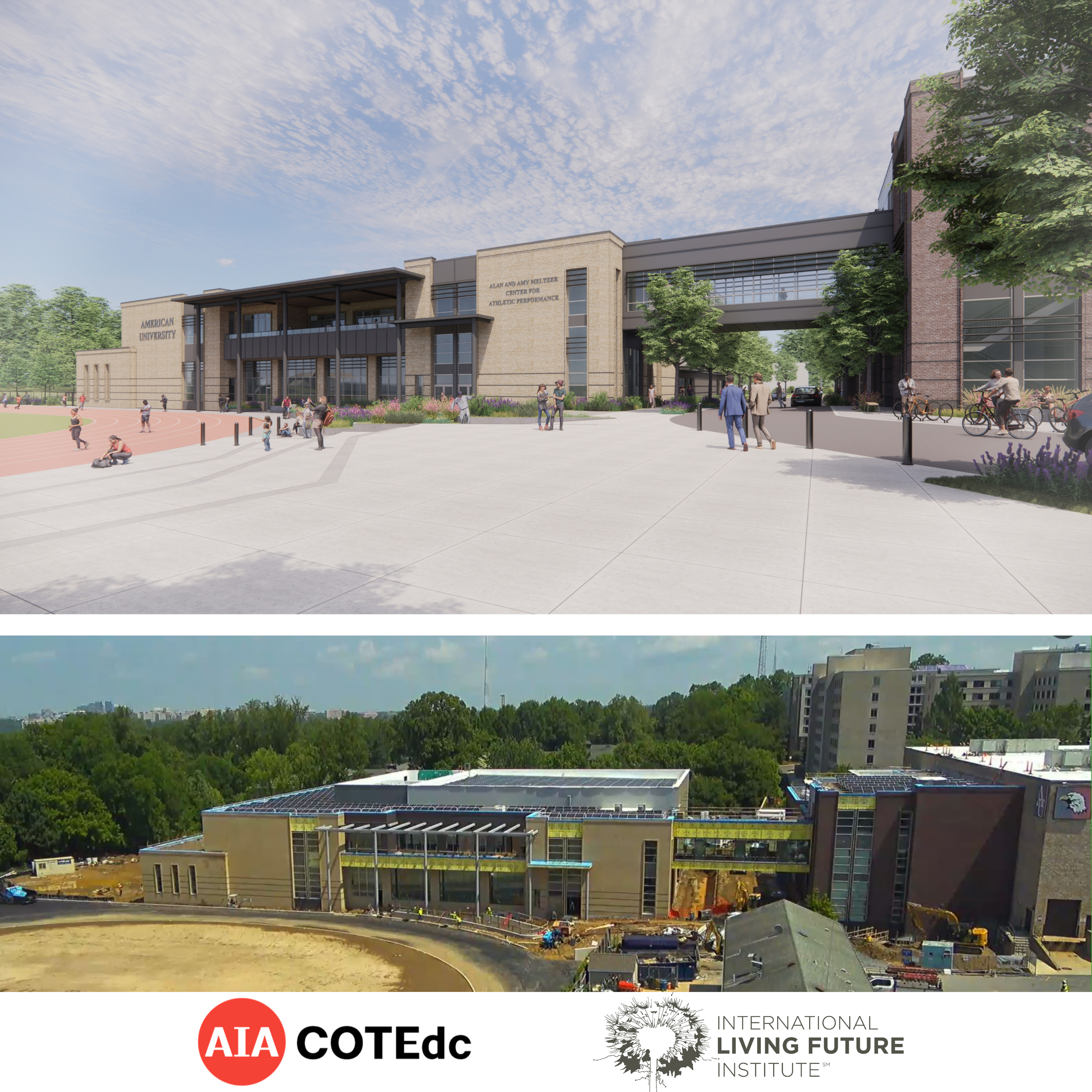-
Date
Wednesday, June 11 2025
-
Time
11:00am - 1:00pm
-
Location
Join us for two lunchtime presentations hosted by TW Perry at their Silver Spring showroom. Space is limited to 20 attendees. Lunch will be provided between the two presentations. This is a free event.
Please plan to arrive 15 minutes early so the first program may begin promptly at 11:00 AM.
11:00 AM – 12:00 PM: Program presentation #1
12:00 – 1:00 PM: Program presentation #2
Program 1: Industrial Design Doors/Windows
Description: This course provides an introduction to steel doors and windows for residential and commercial applications.
Learning Objectives:
- Understand the market demand for steel doors and windows
- Understand the application of these materials.
- Understand the design, fabrication and installation processes.
- Understand the implication of installation-retrofits and new construction applications.
Credit: 1 LU
Presenter: Thomas Scardino, Jr., COO/Product Manager – The French Steel Company | thomas@frenchsteel.com; 202.809.9339
Provider: Scardino Doors (404108668); Course #101
Program 2: The Future of Folding Doors: New Innovations Driven by Design
Description: Evolving design trends have driven the emergence of a new range of folding door products that complement modern architecture and improve user experience through performance and ease of operation. This course will review key attributes of these next-generation folding doors, including product styling and sightlines, size capabilities, hardware design and placement, and performance criteria. You will learn how these design improvements open up sightlines, ease operation, and boost the performance of folding doors.
Learning Objectives:
- Examine how the lines between residential and commercial design are blurring, and how architects can use folding door systems in each market to enhance their designs.
- Explore how narrower stiles and larger panel sizes work together to improve sightlines and views to the exterior by minimizing obstructions and maximizing glazing.
- Discover how innovative hardware solutions improve aesthetics and make folding doors easier to operate.
- Review performance measures for folding doors, including water penetration, structural strength, and air infiltration, and understand how next-generation folding doors improve on each of these metrics.
Credit: 1 LU/HSW
Presenter: Terryl Cronin, Architectural Consultant – JELD-WEN/LACANTINA | tcronin@jeldwen.com; 202.655.1874
Provider: Jeld-wen, Inc. (J327); Course #JWLCFuture824
TW Perry is an Annual Partner of AIA Potomac Valley.
Organized by AIA PV and the Capital Area CRAN (Custom Residential Architects Network, an AIA Knowledge Community), a tri-chapter committee founded jointly by AIA DC, AIA Northern Virginia and AIA Potomac Valley.

